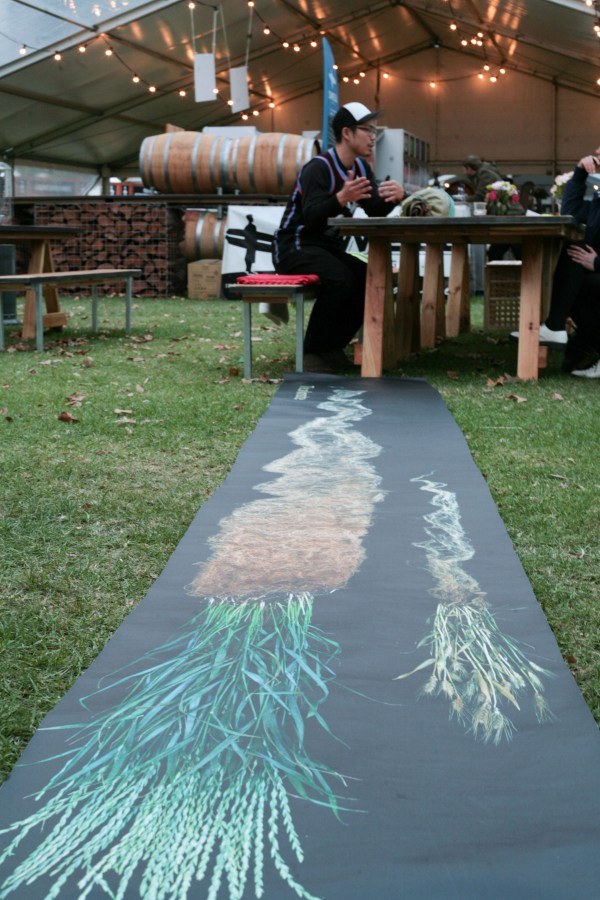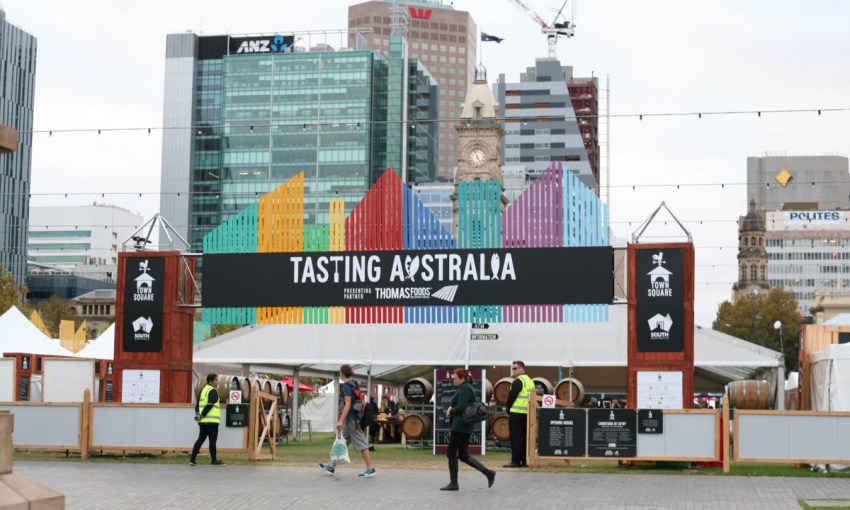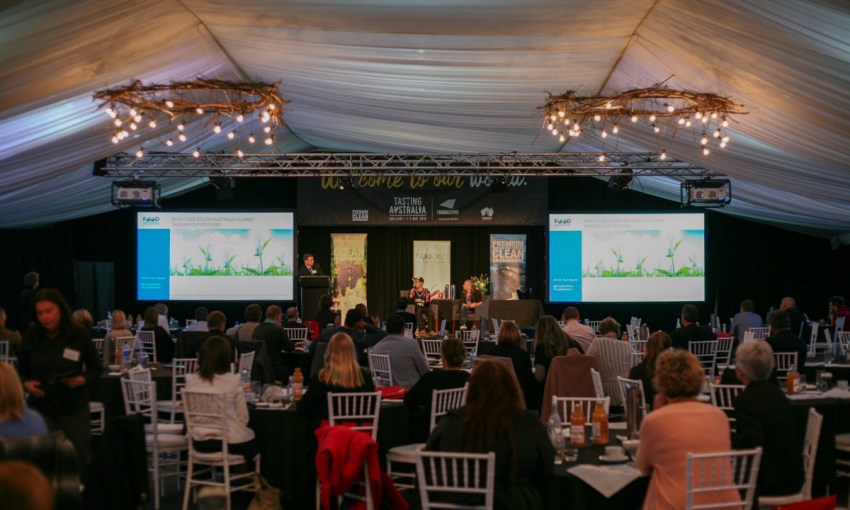The lauded San Franciscan chef doesn't want to tell you what to do, but he's got some ideas on how food could reverse climate change if you're keen to listen.
Anthony Myint turns Tasting Australia perennial
Anthony Myint has always done more with food than use it to feed people. When he and his wife Karen Leibowitz launched their first venture – a San Franciscan food truck called Mission Street Food – they donated profits to causes like the food bank.
It’s not too late to see Anthony at Tasting Australia. He will be hosting a dinner at The Market Shed this Friday – May 6 – from 6:45pm. Full details are at the Tasting Australia website.
Since those early days, Mission Street Food has had several incarnations and is now a restaurant called Mission Chinese Food. Anthony and Karen have also been involved in an ever-growing number of projects, from more restaurants to cook books and beyond.
But their latest venture – a restaurant called The Perennial, which they created with a team of collaborators – has a different focus.
“What we’re trying to do at The Perennial – obviously we support sustainability generally – but what is new for us is the fact that we understand now that food accounts for 50 per cent of greenhouse gas emissions,” says Anthony.
“It’s 30 per cent just to produce it and another 20 per cent if you count the deforestation to produce food. That’s crazy, that’s a lot.”
“That was news to me. Agriculture has been conducted for 10,000 years but we’ve been thinking about climate change for 10 or 20 years, so it makes sense that we haven’t been producing food with that in mind. So that’s sort of the most optimistic thing and that’s why we named the restaurant The Perennial – because changing production to perennials has the potential to reverse climate change. Not just to be neutral, but to actually reverse it.”

Anthony’s poster shows the difference between the beneficial and extensive root system of kernza and that of wheat crops
This focus is what brings Anthony to Tasting Australia, where he is doing a series of events talking about how changing our relationship with food could change the world.
The Perennial tackles this big issue with a few simple solutions.
“Our three main things are basically kernza, carbon ranching and aquaponics,” says Anthony.
“Kernza – it’s a perennial grain we make bread from. It’s a semi-dwarf annual weed that is across the United States. It doesn’t have the same intermediate properties, but it’s as usable as rye or buckwheat in production.”
The environmental difference between using kernza and regular wheat is astronomical. Because kernza has a very deep root system compared to wheat’s two or three foot system, it sequesters far more carbon. Its roots create a deep living microbiological environment that traps carbon in the soil while also making that land more productive.
Carbon ranching works on similar principles, but instead of growing crops it supports stock production. In the model, clever movement of a cattle herd is used to help pastures become populated with perennial rather than annual grasses, which once more has deeper roots and results in high levels of carbon sequestration.
Aquaponics, meanwhile, is a system by which food waste – which if it were a country would be the third biggest greenhouse gas emitter – is turned into a useful part of the production cycle.
“We’re basically splitting the restaurant scraps to go into the city compost – so we split it into things that are good for worms and things that are good for larvae,” says Anthony. “We use that to feed worms and larvae that we then dehydrate to feed the fish.”
The water from the fish tank – which is filled with nutrient-rich fish waste – is then used to fertilise and hydrate lettuces or other vegetables. Very little water is wasted as once the water has been cleansed by the crop’s root system it is returned to the fish tank.
“The interesting thing is that aquaponically grown lettuce is not necessarily better – it might be a little more watery… it’s not necessarily the best of the best,” says Anthony. “So it might not be a chef-driven movement but it could be a chef driven challenge to make that great in a dish.”
Despite his dedication to implementing cutting-edge systems in his own work, Anthony is cautious about telling others how to live their lives.
“I don’t really try to get into conversations with chefs about what they should and shouldn’t do. There’s nothing wrong with being a chef for culinary expression and creativity,” he says. “We just try to do our thing and then hope it might be in the back of people’s minds when they’re thinking about doing a new dish or whatever.”
His multiple appearances at Tasting Australia will no doubt help Anthony bring his new ideas about old practices to a fresh batch of ears that are willing to listen.






